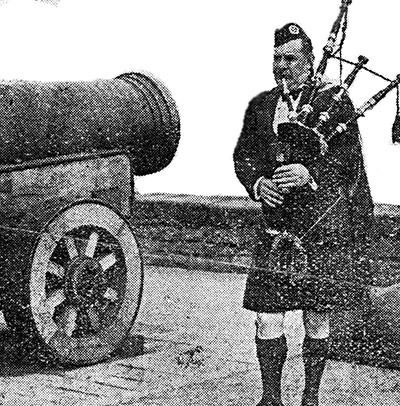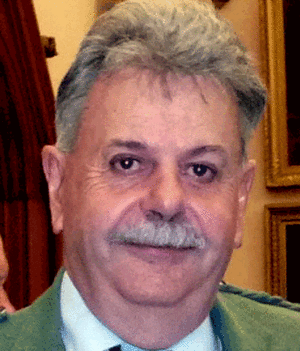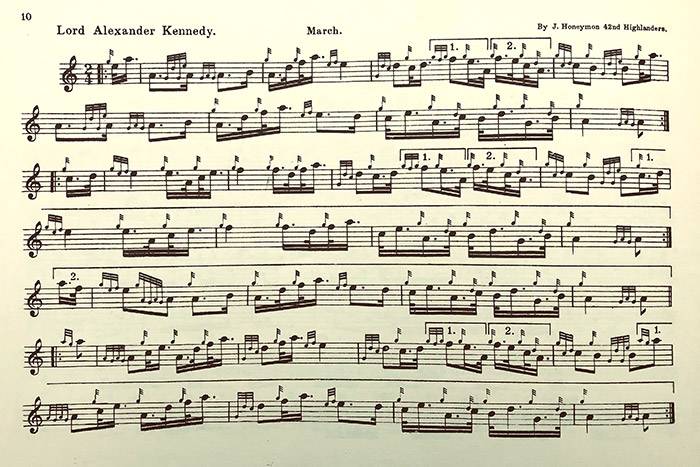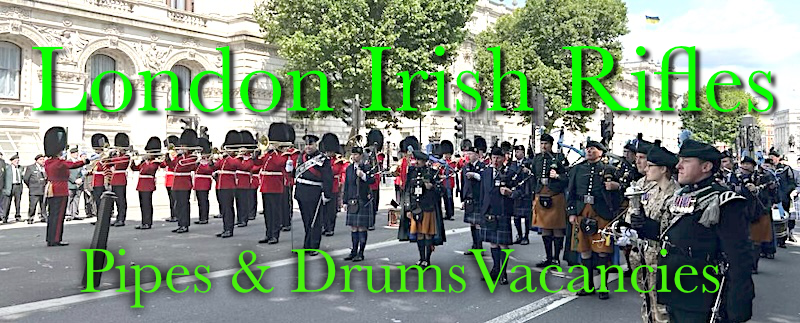
Until the advent of recordings, music was ephemeral. Performances faded from memory, save for occasional outstanding examples imprinted on our minds. Memories become clouded in time, however.
Historic recordings can remind us of what we heard in the past. I am old enough to detect that march playing has arguably deteriorated, even at the highest level.
I can assure readers this is not just a personal view – it is shared by well respected performers. Staleness has crept into 2/4 march performances.

By Duncan Watson
About the year 2000, I was provided with a letter on this subject. It was dated ‘1913 Lahore’ and the signatory was Archibald Campbell, Kilberry. The letter was on folio size paper, somewhat bigger than A4 and typewritten. It looked to be an original document. It was addressed to a Mr Thomson of Banchory.
After some thought, I copied the letter and sent it to Piping Times and in April 2002 it was published. Today it can easily be found in the online archives of the magazine. (After the letter was published James Campbell responded and confirmed that the letter would have been the work of his father.)
The heading is ‘The Competition March, Eastern Intrigue and a Long Letter from Lahore’. Its main thrust was the tempo at which marches were played in Kilberry’s era. I found his assessment, if accurate, astonishing. He indicated that the average tempo of competitive march playing then was in the region of 80 beats per minute.
Undoubtedly to play the tunes well at that speed a piper would have to be at the top of their game. I tried to emulate it on the practice chanter in several tunes referred to. I failed miserably to execute the movements and play the tunes musically at that tempo.
(It is worth remembering that in the past marches were described as ‘quicksteps’. That description has fallen out of use, probably because quicksteps have a dance connotation.)
Years ago, during my visits to Bob Nicol for lessons, he would occasionally play a lively march. The odd time, after an afternoon of piobaireachd, supper and a dram, he would put me through a couple of 2/4s, all on the bagpipe.
The tempos he demanded were a real challenge and he would conduct marches with a sort of ‘bounce’ to them. Donald Morrison, who was at Bob Nicol much longer than me, also spoke about this ‘bounce’.
Jimmy MacGregor, recognised as a very fine march player, and another pupil of Bob’s, had this bounce. He spoke of emphasising the ‘on’ pulse and the ‘off’.
In Kilberry’s letter, some of the leading pipers of the time were mentioned, including the then Corporal William Ross of the Scots Guards.
John Burgess, as we know, was a pupil prodigy of Willie Ross. I contacted John and he was positive about the idea of the letter having been published. He was of the opinion that the ‘art’ of march playing was in danger of being lost.
For me the obvious route to checking out march tempos was John D’s recordings. I found that they varied depending on the tune. At times they were as high as 78 beats per minute. One tune at that tempo was the Taking of Beaumont Hamel. It was pretty lively. Achany Glen was a little slower, but still lively.
As a matter of comparison, I checked out a recording of P/M Angus MacDonald playing Lochaber Gathering. His tempo was about 73 -74 beats per minute. That tune at that tempo required smart fingering. P/M Angus was up to it.

I have also listened to the PP recording of John MacDougall and he is hiking about 72 -73 beats per minute. That was about what I recall the pace that old Bob would put me through.
It would be wrong for competition marches to be prescribed as having to be played at specific tempos. Pipers have the inalienable right to play tunes at whatever pace they feel appropriate. However if they so slow things down to overcome the challenge of technical complexity they lose the music. Pipers, and indeed judges who assess this, have a responsibility to ensure that they don’t.
In Hugh MacInnes’s playing, featured last week on PP, there was no need to analyse the tempo. It was sparkling playing and perfectly fingered. The ‘Scotch Snap’, associated with strathspeys and the fiddle, can be injected into 2/4 marches to good effect. We hear it in the smart cutting of tachums.
The upshot of poor music is lack of interest in the audience. I know people in Inverness who no longer attend the Former Winners March, Strathspey and Reel at the Northern Meeting. They say the playing has become boring. That is a real shame.


















Loved reading that….most enjoyable